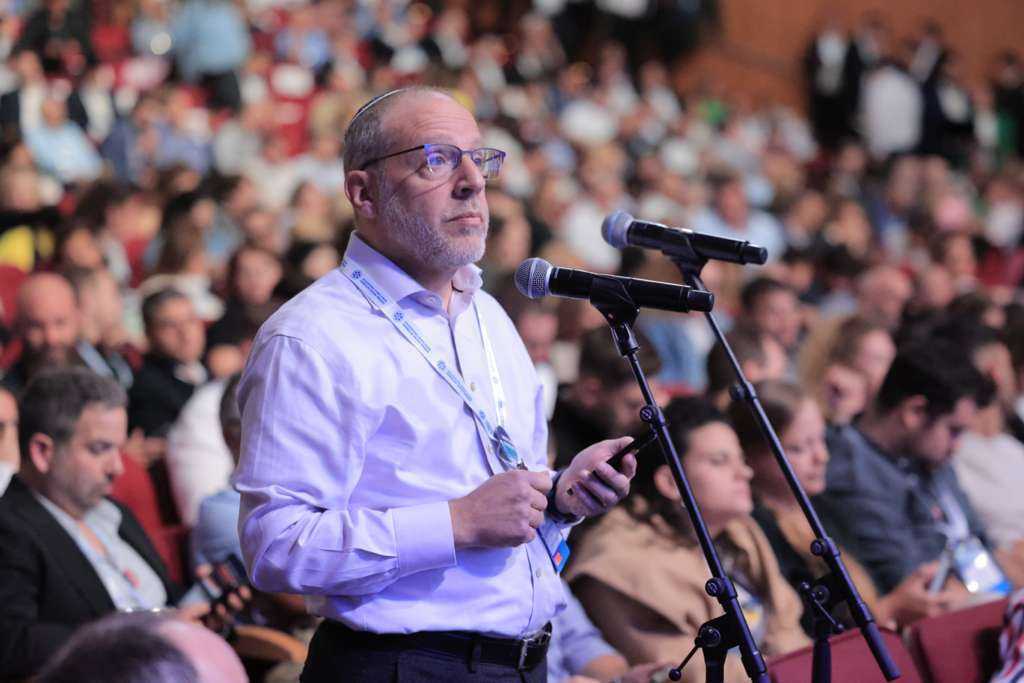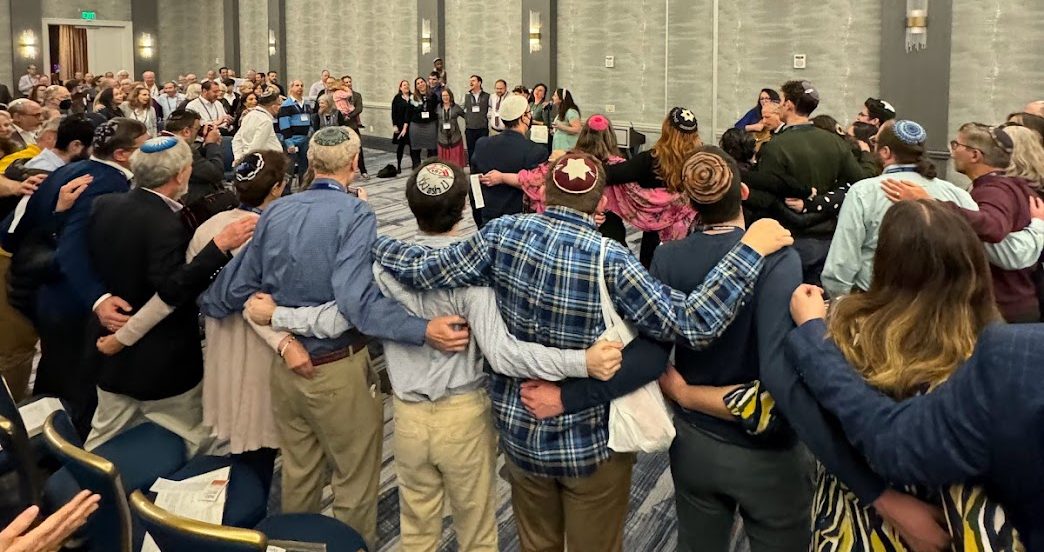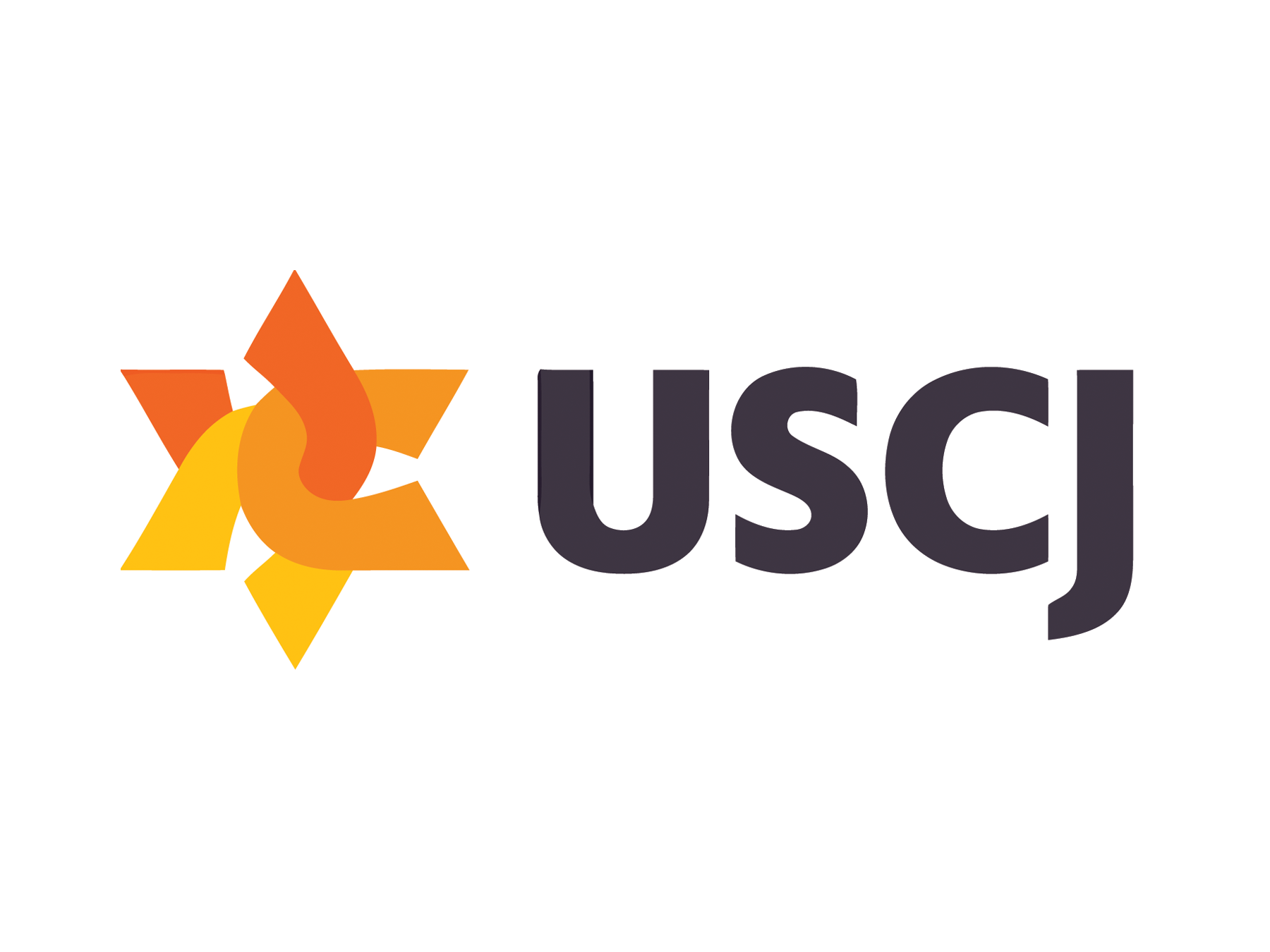
By Ben Vorspan
When I began writing the curriculum for Sulam for Imagineers, I didn’t expect it to change how I thought about Passover. But that’s exactly what happened.
In my work with our cohort of synagogues, we found ourselves asking bigger questions: How do we make ancient traditions accessible and meaningful? How do we reach people who feel like Judaism isn’t speaking to them anymore—or never did? How do we unlock creativity in our communities, not just for kids, but for everyone?
That’s where the Chocolate Seder Haggadah comes in.
In the past 20 years, I have participated in—and seen a growing number of social media pictures and videos from—Chocolate Seders. These playful reimaginings of the Passover ritual replace traditional elements with sweet treats—think apples dipped in chocolate for karpas, chocolate milk or chocolate liquor for wine, and cocoa-infused charoset—creating a fun and accessible experience that still honors the themes of the holiday.
The more I thought about it, the more I realized that the Chocolate Seder can be more than a novelty. It can be a lens through which we see the power of joyful experimentation in Jewish life. Instead of asking, “What’s the right way to do this?” we should be asking, “What’s a meaningful way to do this for the people in the room right now?”
This is precisely what we’re cultivating through Sulam for Imagineers—a network of synagogue leaders who are dreaming big, experimenting boldly, and reimagining how our communities connect, celebrate, and grow. We’re not tossing tradition aside; we’re infusing it with curiosity, empathy, and imagination. We’re finding sweet ways in to Jewish meaning—sometimes literally.
The Chocolate Seder isn’t intended to replace the traditional Pesach experience. Instead, it creates an unexpected entry point for those who might otherwise stay away. Kids giggle as they dip green fruit (or fruit-shaped candy) in chocolate, teens debate which candy best represents Moses and Pharaoh, and parents sit in awe, watching their children lead with enthusiasm not seen at their traditional seder. The story of liberation comes alive—not despite the sweetness, but because of it.
That’s the power of imagineering: blending what we know with what we dream, and building something no one’s seen before. It’s not always about chocolate. Sometimes it’s about flipping the layout of your sanctuary, inviting teens to redesign a ritual, or turning a committee meeting into a storytelling circle.
So yes, I wrote and published a Chocolate Seder Haggadah—the first professionally published Haggadah specifically designed for chocolate seders. I included instructions, discussion questions, songs, and recipes to ensure that even those drawn in by the novelty could discover real meaning in the rituals.
But really, I wrote a love letter to innovation in Jewish life. And if it helps even one person rediscover their place in our shared story—well, that’s the sweetest outcome of all.
Learn more about The Chocolate Seder Haggadah at mychocolateseder.com.
Interested in joining Sulam for Imagineers? Email Linda at [email protected] to add your synagogue to the interest list for the 2025–26 cohort.









